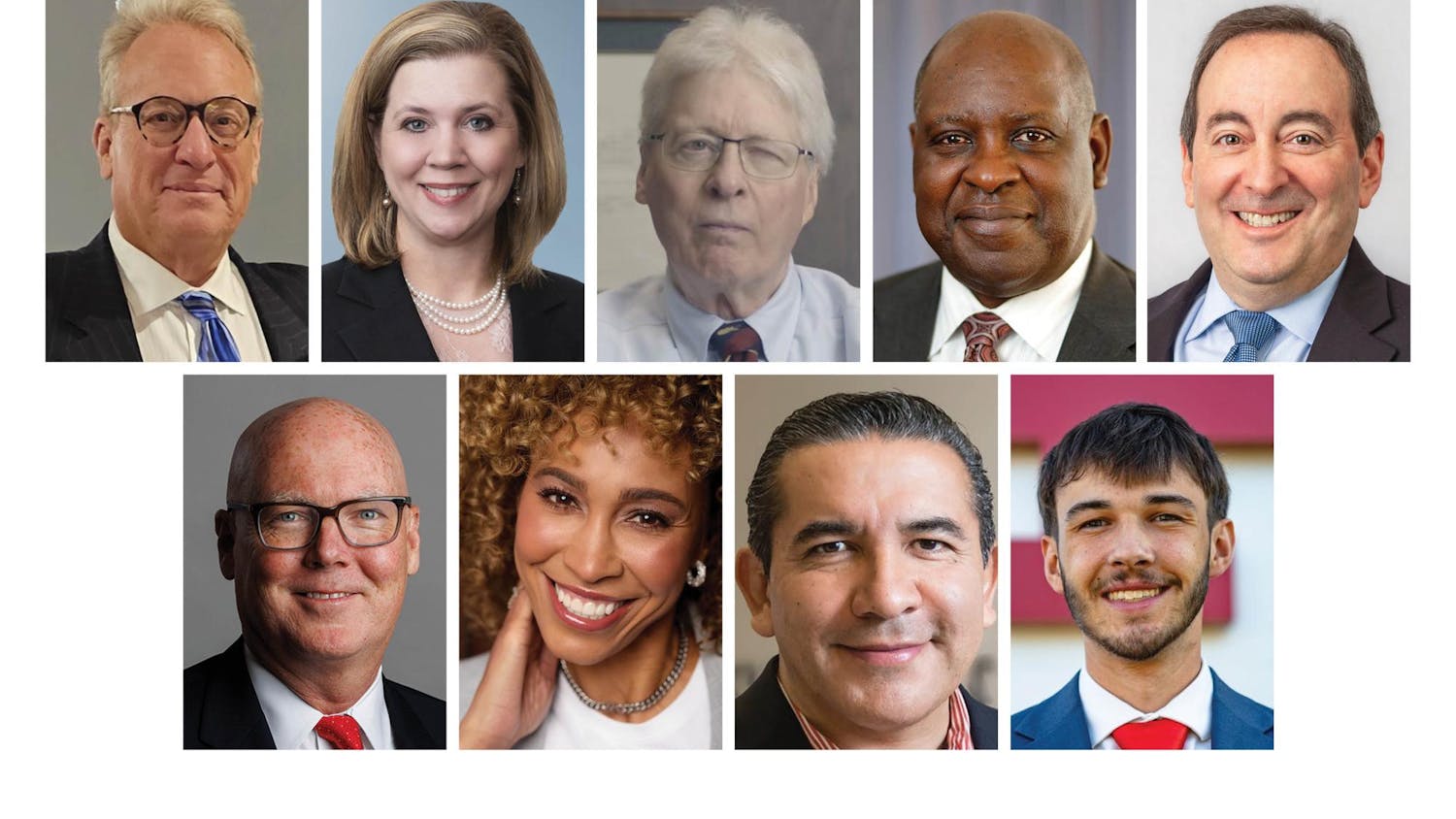To work in Washington is to become acquainted with protest culture. Protests range from small groups with loudspeakers and gusto to swarming crowds the media are more inclined to cover. Small protests happen very often — if not daily.
It is common for ranting activists to hand out anti-government pamphlets or issue fliers to passersby near Metro stops by the White House.
On March 18, I walked out of my office for lunch break to find a handful of onlookers supporting gay-rights activist Lt. Dan Choi, who had handcuffed himself to the White House gate.
The protestors are perhaps especially bold on Capitol Hill, and at no time were they bolder than around the passage of health care. A smaller protest in March surrounding its passage had one small group with loud speakers and a poster of an aborted fetus surrounding the entrance of the Capitol South Metro.
In Cannon, which houses representatives’ offices, one staffer detailed rumors that some Congressional staffs were so worried by the reform protestors as to lock themselves in their offices. In one, he said, a protestor stuck a knife into the mail slot and waved it around menacingly.
Then there are the big ones.
Earlier this semester, pro-life protestors from senior citizens to middle schoolers to nuns swarmed the city.
On March 21, a pro-immigration reform march stormed Capitol Hill some 200,000 strong. Not to be outdone by the health care debates, they chanted “Obama, escucha, estamos en la lucha” (Obama, listen, we are in the fight).
It’s always hard to tell the true effect of these protests. In some respects the city regulars seem to be fairly heavily desensitized to protests — barring any particularly colorful theatrics, it’s usually the province of visitors to stand and watch.
Hopefully, for the sake of the protestors, at least the people upstairs are listening.
It is common for ranting activists to hand out anti-government pamphlets or issue fliers to passersby near Metro stops by the White House.
On March 18, I walked out of my office for lunch break to find a handful of onlookers supporting gay-rights activist Lt. Dan Choi, who had handcuffed himself to the White House gate.
The protestors are perhaps especially bold on Capitol Hill, and at no time were they bolder than around the passage of health care. A smaller protest in March surrounding its passage had one small group with loud speakers and a poster of an aborted fetus surrounding the entrance of the Capitol South Metro.
In Cannon, which houses representatives’ offices, one staffer detailed rumors that some Congressional staffs were so worried by the reform protestors as to lock themselves in their offices. In one, he said, a protestor stuck a knife into the mail slot and waved it around menacingly.
Then there are the big ones.
Earlier this semester, pro-life protestors from senior citizens to middle schoolers to nuns swarmed the city.
On March 21, a pro-immigration reform march stormed Capitol Hill some 200,000 strong. Not to be outdone by the health care debates, they chanted “Obama, escucha, estamos en la lucha” (Obama, listen, we are in the fight).
It’s always hard to tell the true effect of these protests. In some respects the city regulars seem to be fairly heavily desensitized to protests — barring any particularly colorful theatrics, it’s usually the province of visitors to stand and watch.
Hopefully, for the sake of the protestors, at least the people upstairs are listening.



